  Rembrandt van Rijn was a Dutch artist, born in the Netherlands in 1606, and is widely regarded as one of the greatest painters in all of history. He is best known for his portraits, and for dark and golden-hued images of biblical and mythological scenes, such as The Night Watch.
Rembrandt van Rijn was a Dutch artist, born in the Netherlands in 1606, and is widely regarded as one of the greatest painters in all of history. He is best known for his portraits, and for dark and golden-hued images of biblical and mythological scenes, such as The Night Watch.Rembrandt said: “A painting is complete when it has the shadows of a God”. 'The Night Watch' is considered to be Rembrandt's most ambitious painting. Amazingly, it took three years to complete. The painting is striking for its size – over 3.5 metres in height by almost 4.5 metres in length – and its incredible use of light and shadow. You can see it below. Rembrandt apprenticed to a number of masters before opening his first studio sometime between 1624 and 1625. He became a successful portrait arist. Throughout his life, he created a series of intimate self-portraits and etchings, documenting his own face from the age of 22 to his death in 1669 at the age of sixty three. Some of his well-known works can be seen at the bottom of this page. Some of his large-scale works include 'Anatomy Lesson of Dr. Nicolaes Tulp', 'The Raising of the Cross', and 'The Storm on the Sea of Galilee'. Despite his initial success, Rembrandt had financial troubles due to debts owed to creditors, and suffered the tragedies of the deaths of his first three children, but managed to continue painting until his death. Today, his works can be seen at the Rembrandt House Museum in Amsterdam, the Hermitage Museum in St. Petersburg, the Art Institute of Chicago, the Mauritshuis Royal Picture Gallery in The Hague that starts off with a much more detailed biography of Rembrandt, the Metropolitan Museum of Art in New York, and the National Gallery in London, among others. Because of Rembrandt’s practice of having his students copy his own works , and the many different styles he experimented with, as well as bad restorations of his works, modern art experts often have difficuty deciding which paintings were actually his. Many art historians disagree as to whether or not many of his works are true Rembrandts. Nevertheless it is estimated Rembrandt produced a total of about three hundred paintings, three hundred etchings and two thousand drawings. Rembrandt had an exceptional ability to render people in their various moods. He was known as a painter of light and shadow and as an artist who favoured a realism that would lead some critics to claim that he preferred ugliness to beauty. Unlike most Dutch masters of the 17th century, Rembrandt had a wide range of styles and subject matter, from portraits and self-portraits to landscapes, allegorical and historical scenes, biblical themes, and animal studies. His contributions to art came in a period of great cultural and scientific achievement that historians call the Dutch Golden Age. His unusual etchings brought him international fame during his lifetime. Below is an assortment of a few of Rembrandt's most famous works. Click on each to see an enlarged version. Click again to reduce it. 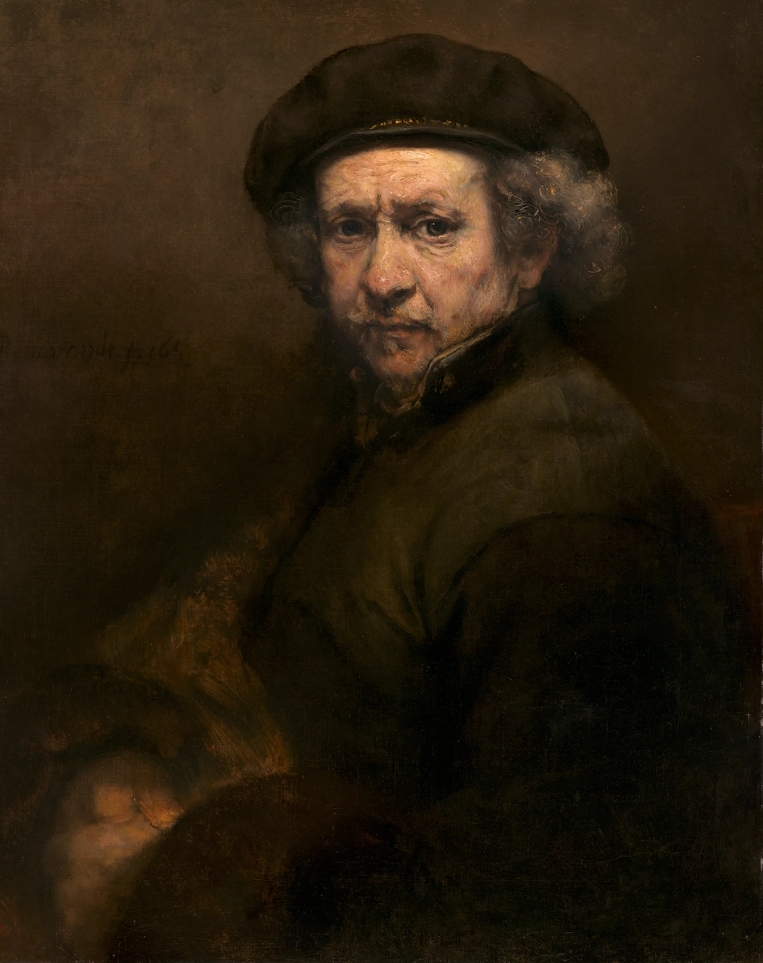
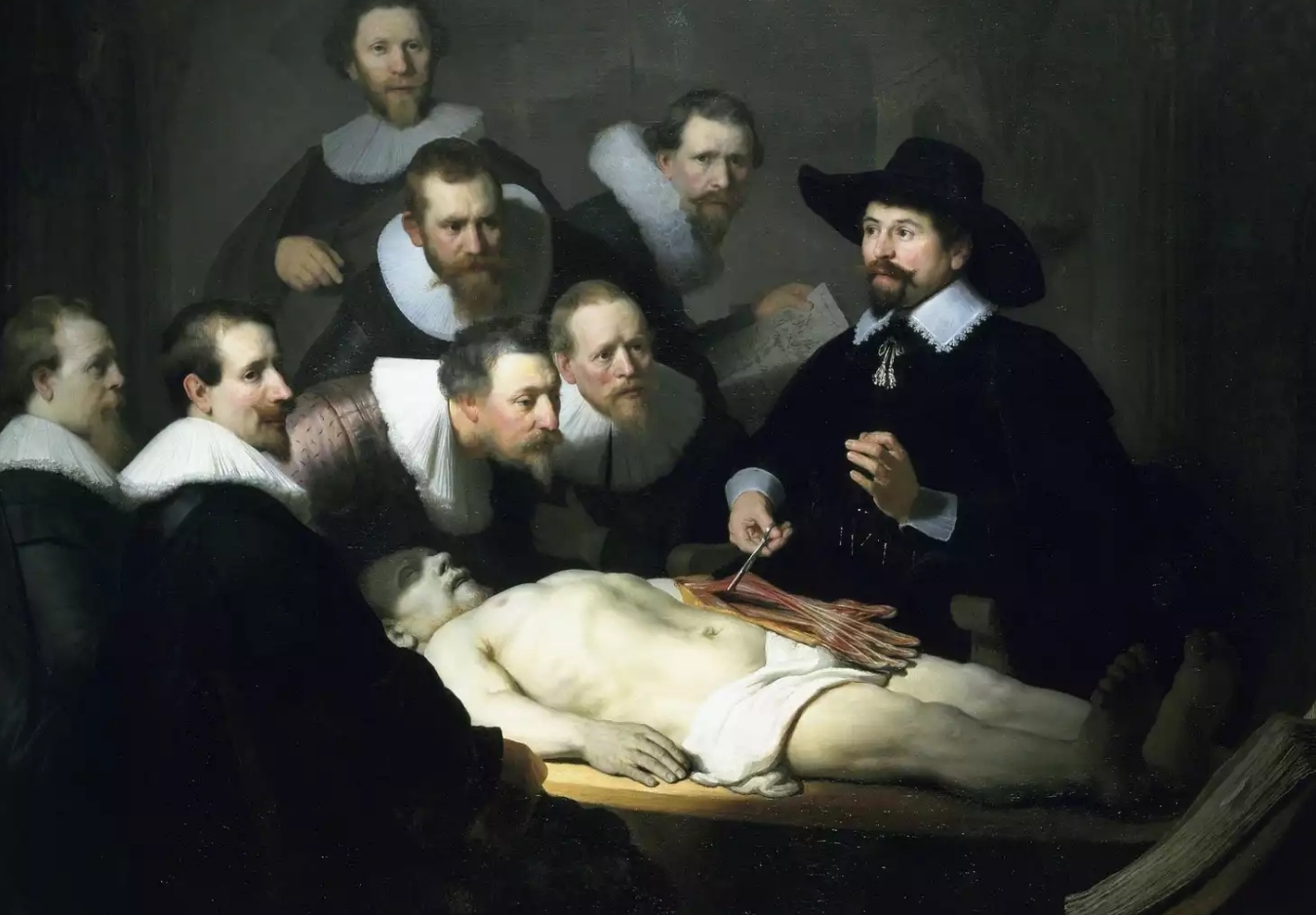
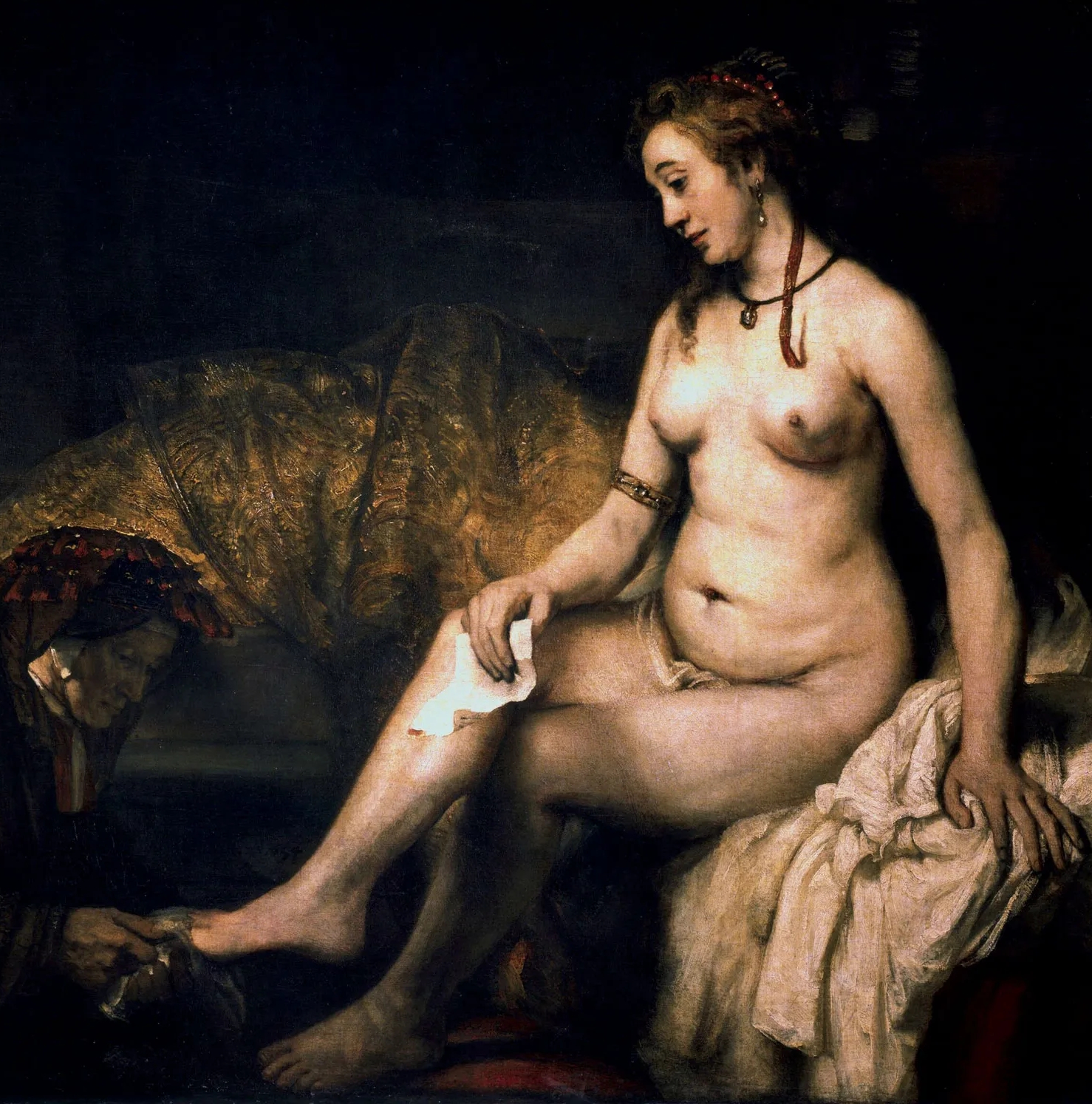
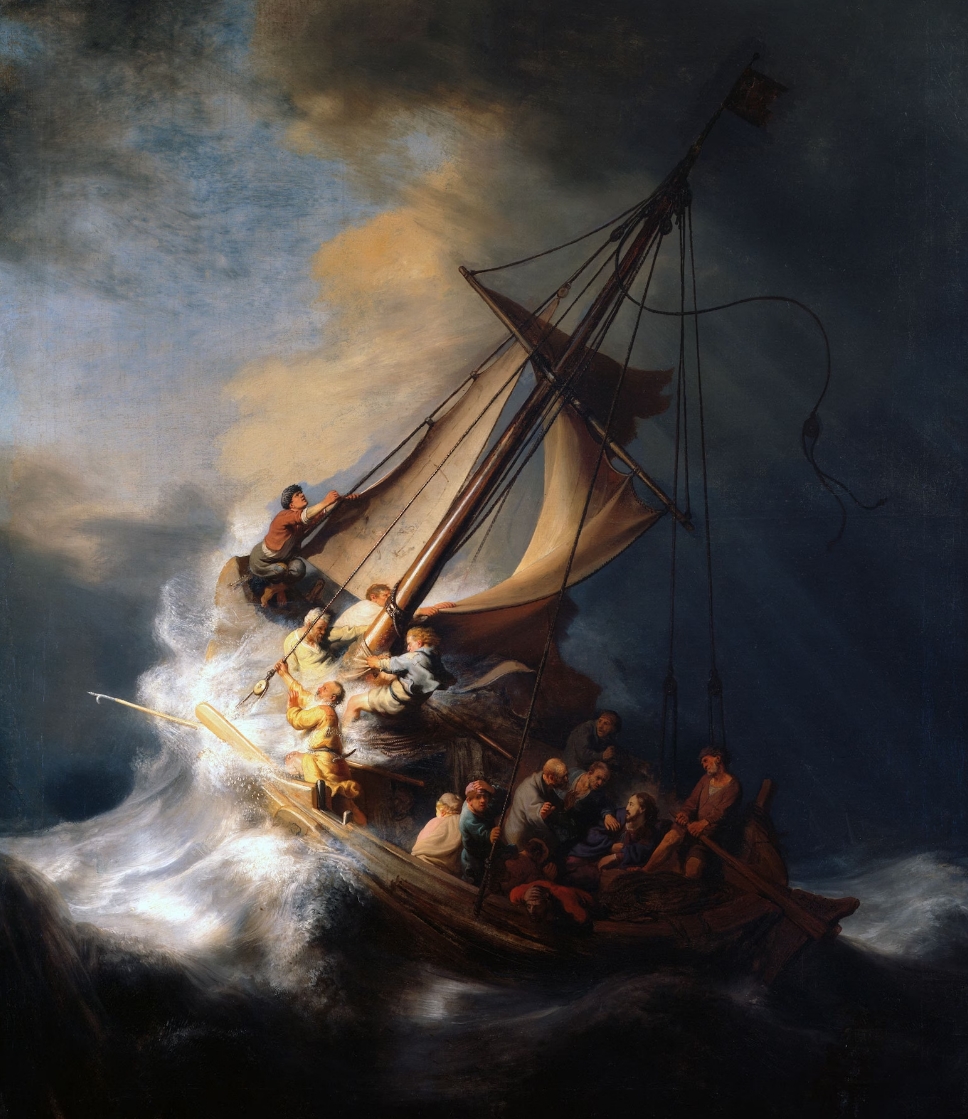
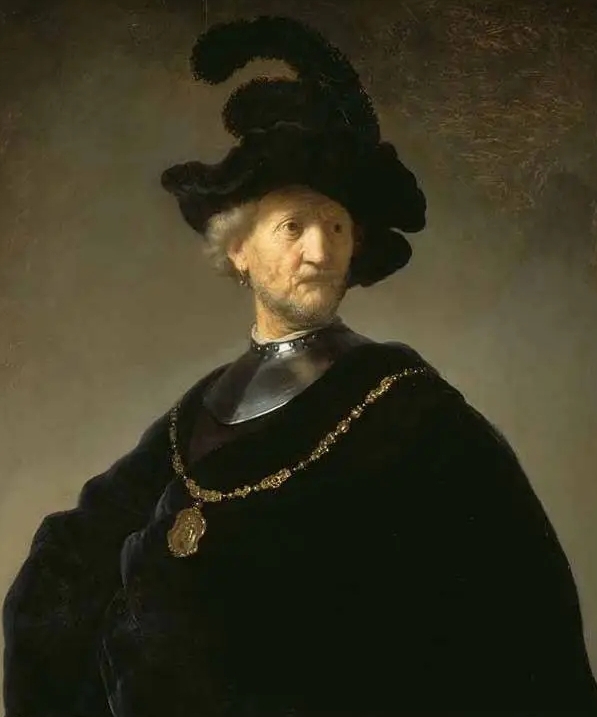
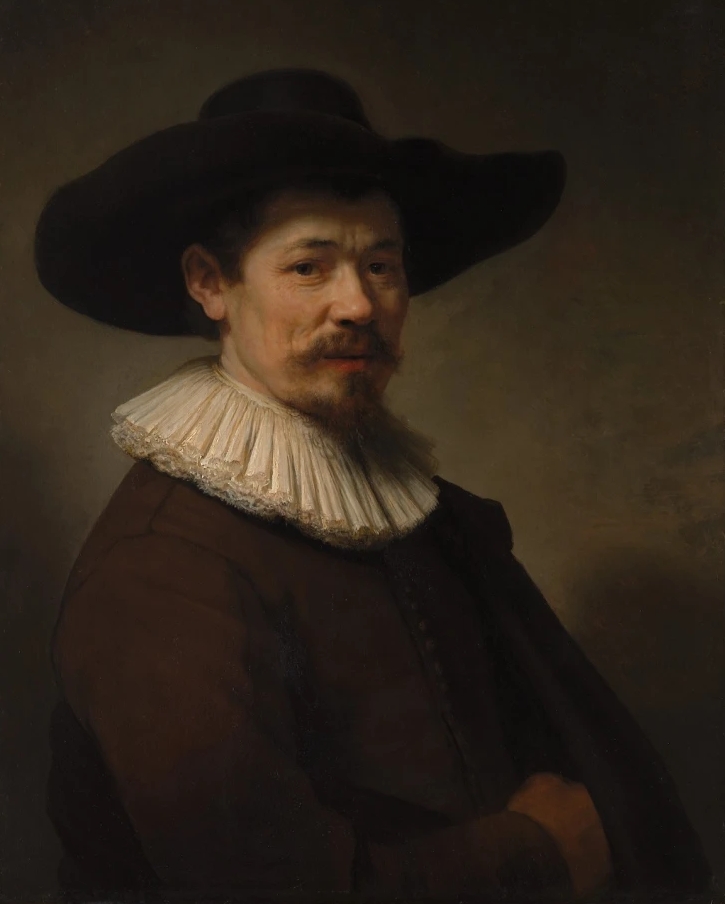
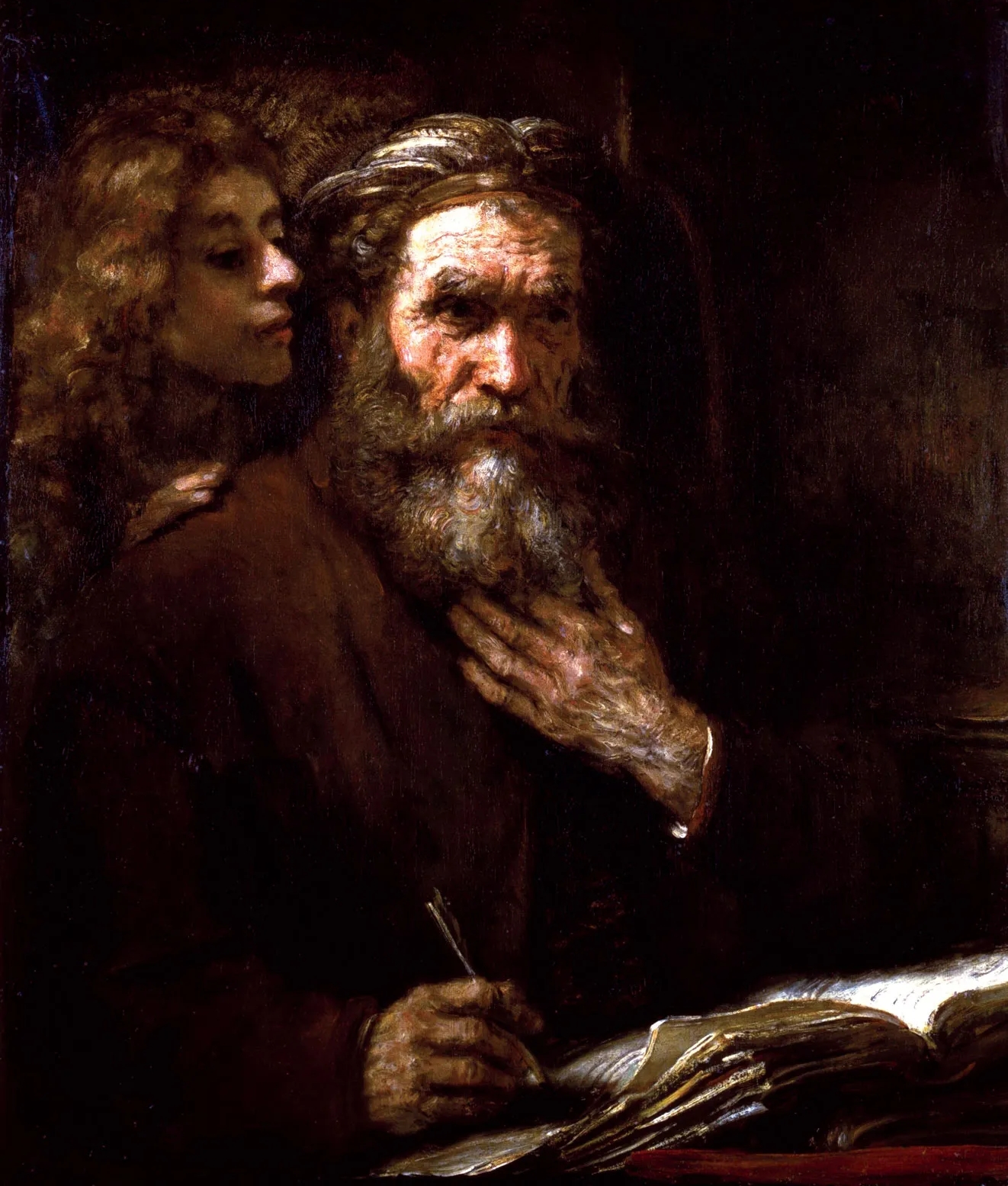
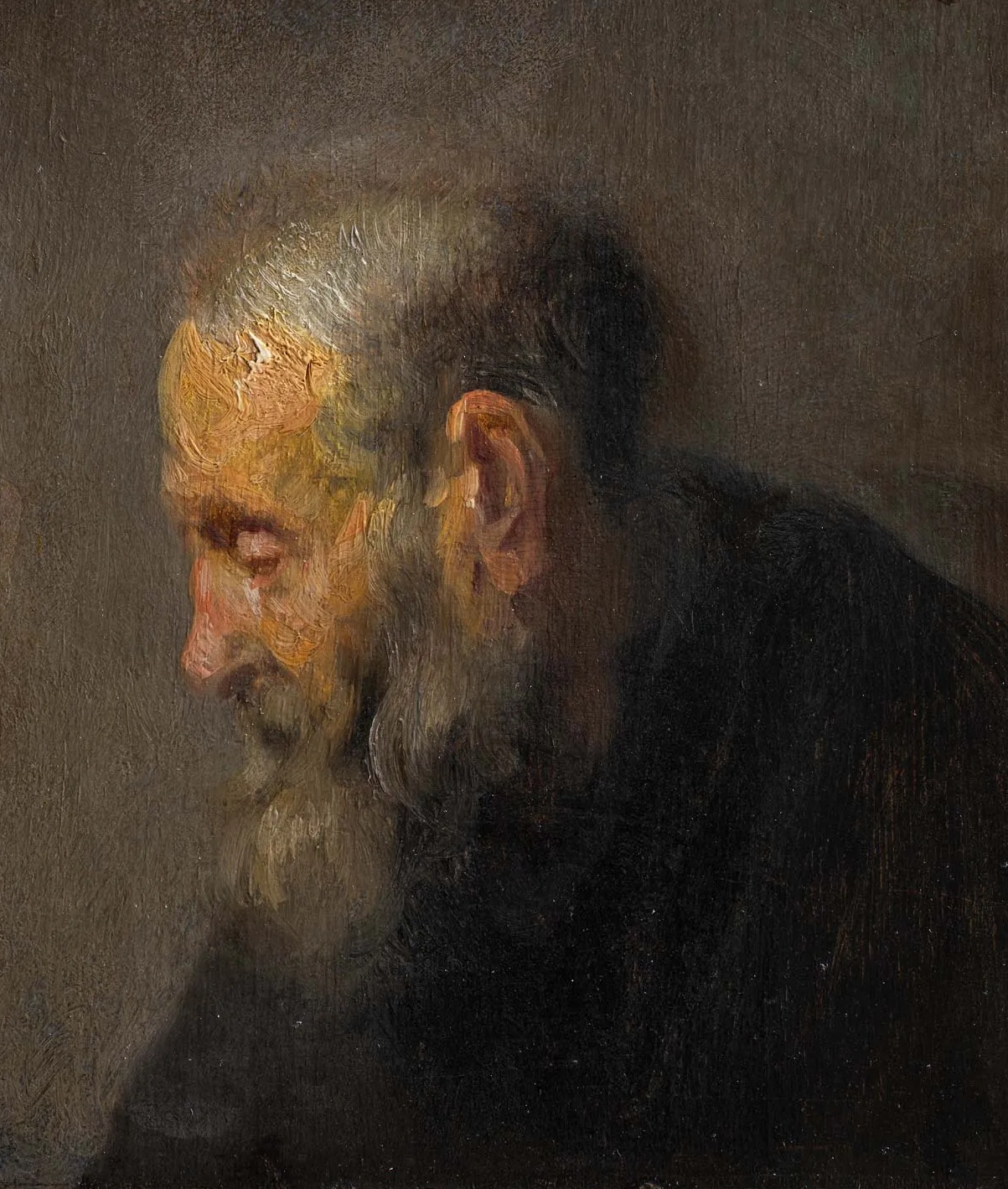
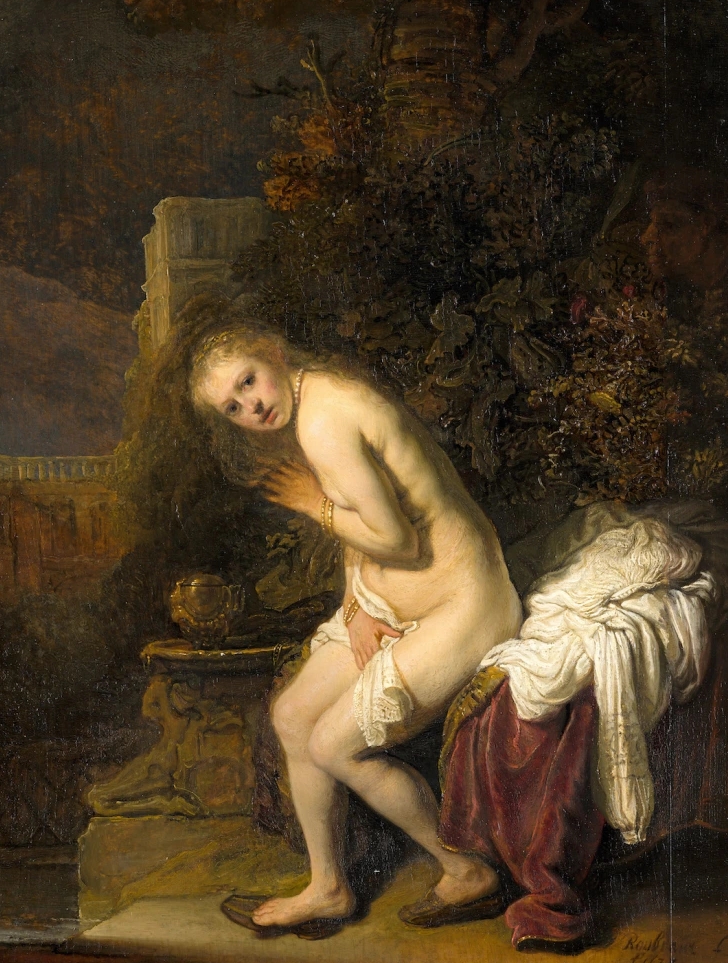
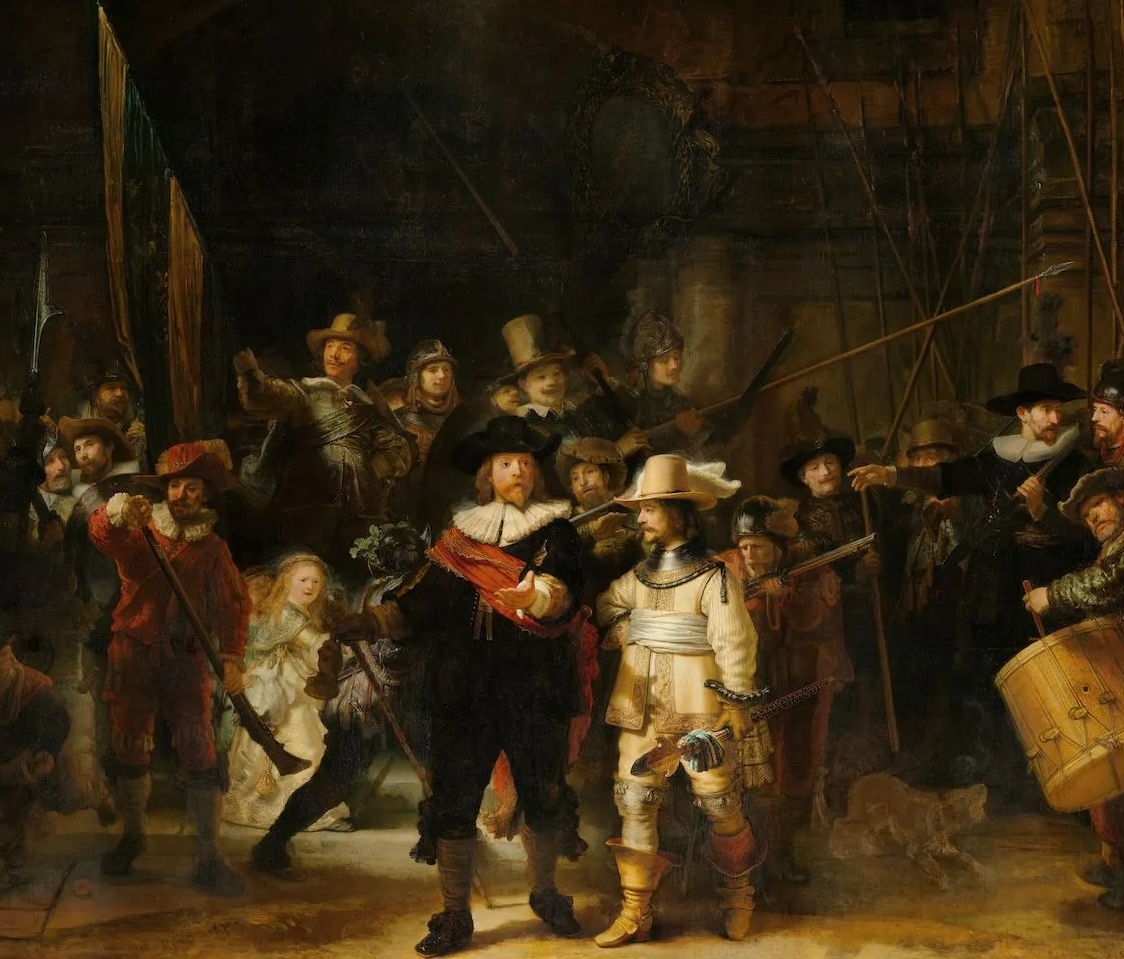
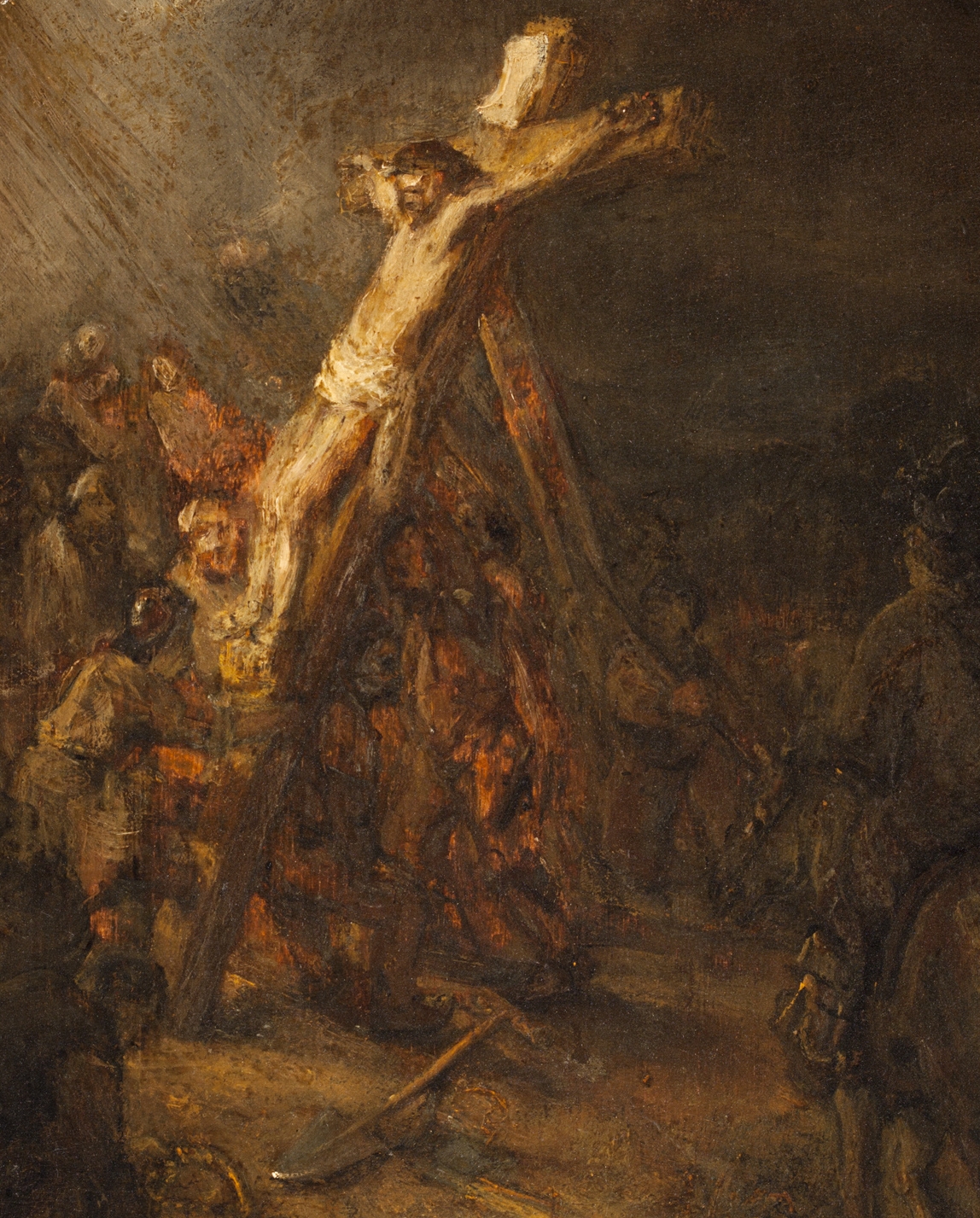
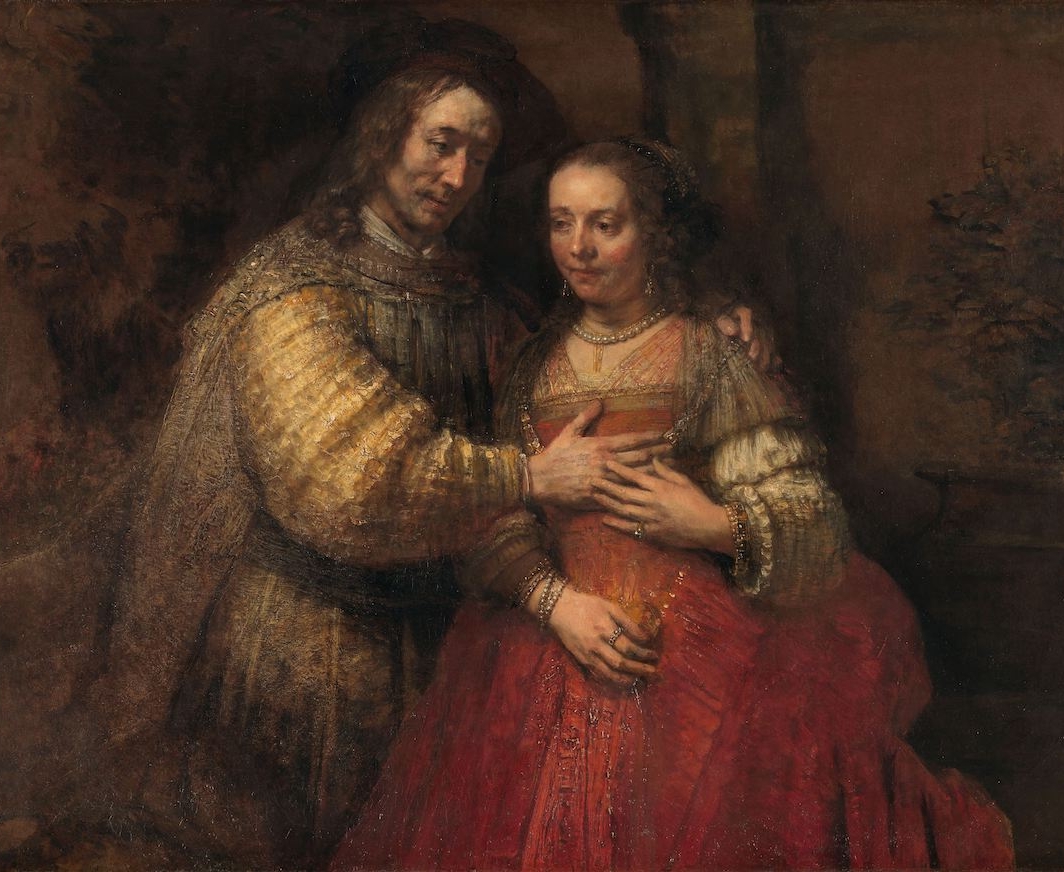 |